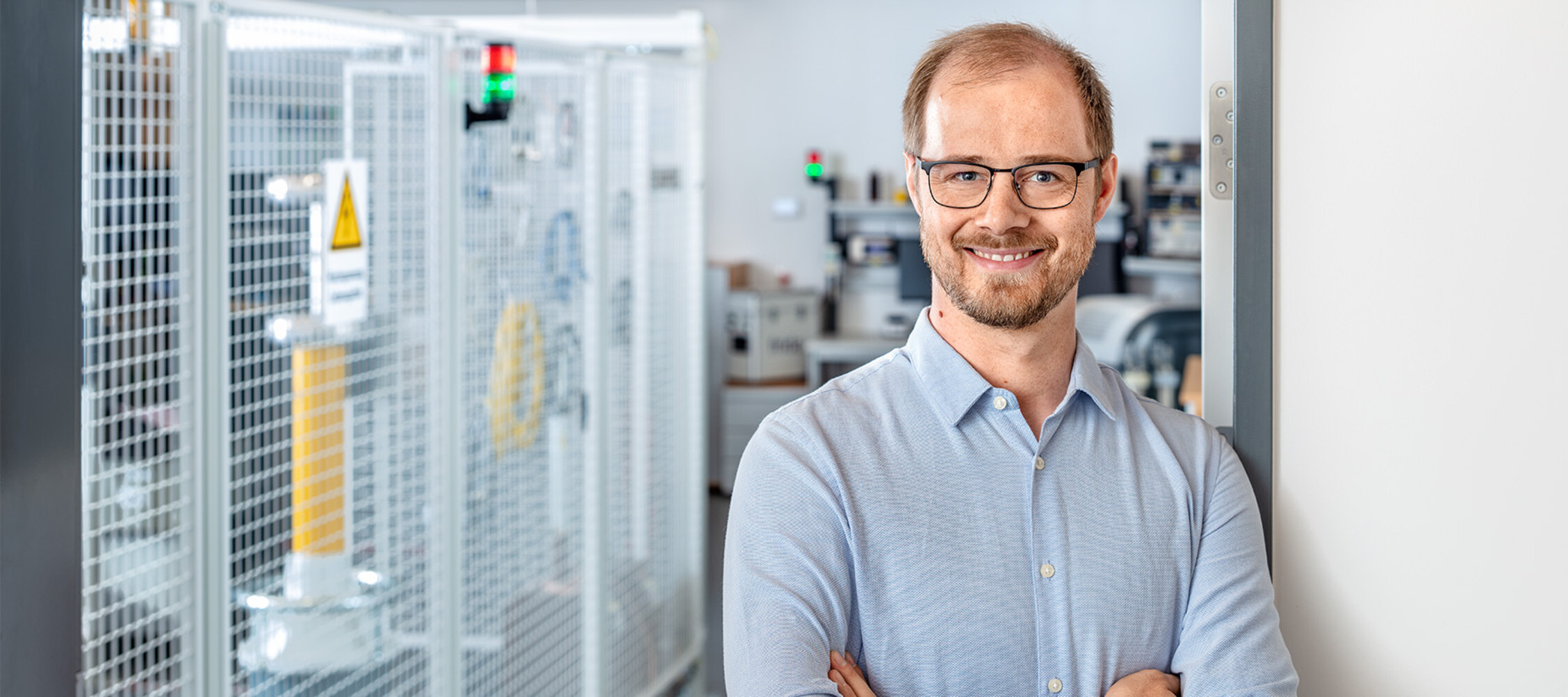Accredited calibration
According to ISO/IEC 17025

In recent years – in addition to standard calibration – the number of enquiries about ISO/IEC 17025-accredited calibrations has been steadily increasing. With our ISO/IEC 17025-accredited calibration laboratory, which meets the highest standards, BAUR is able to match this demand.


